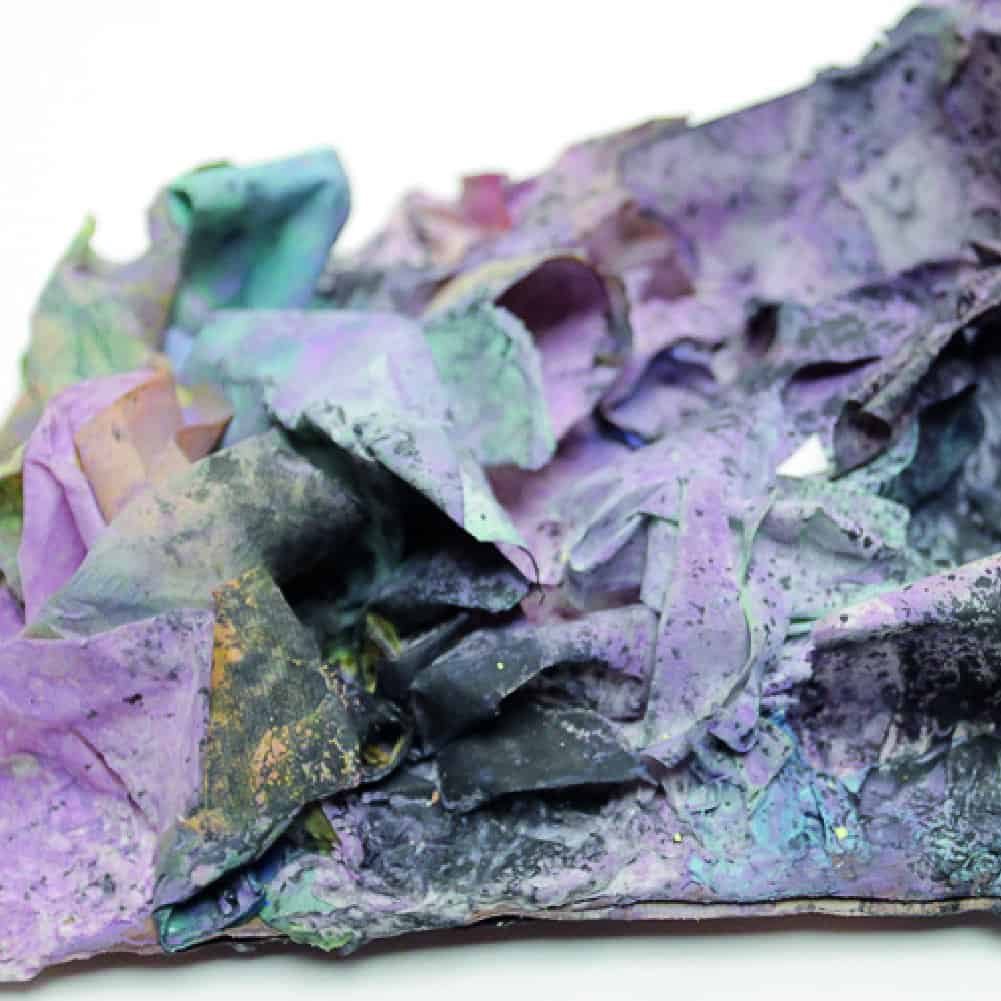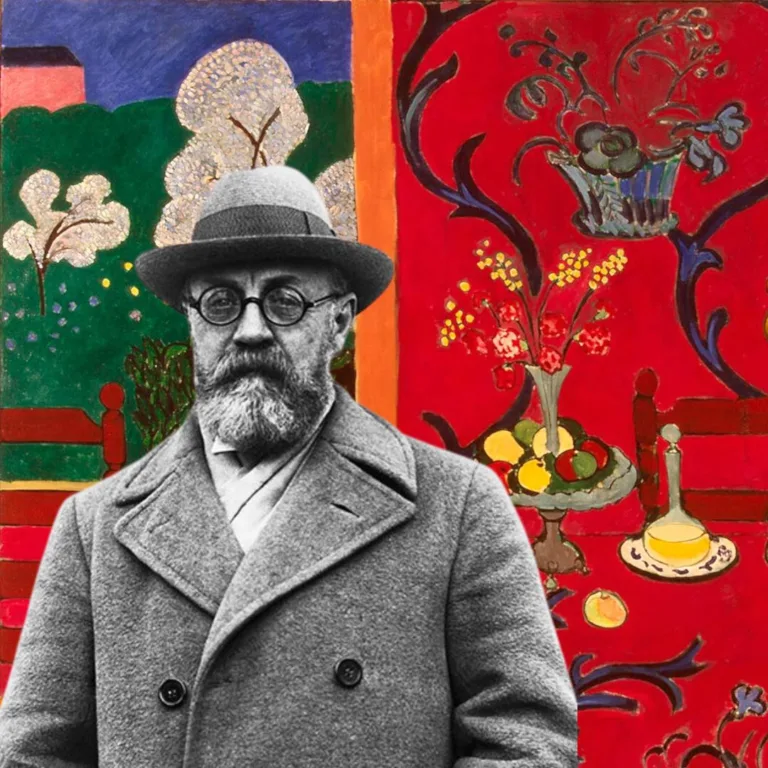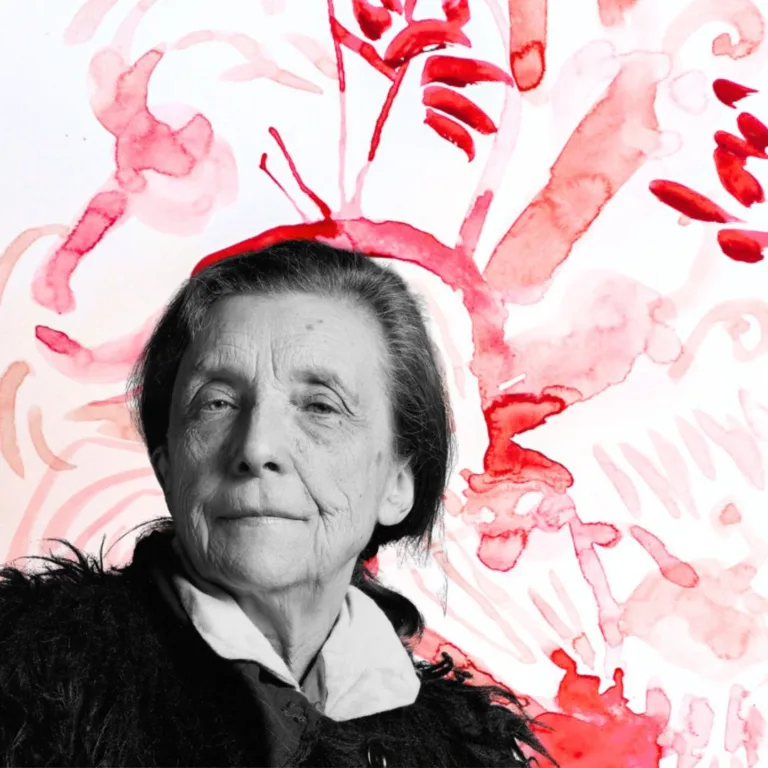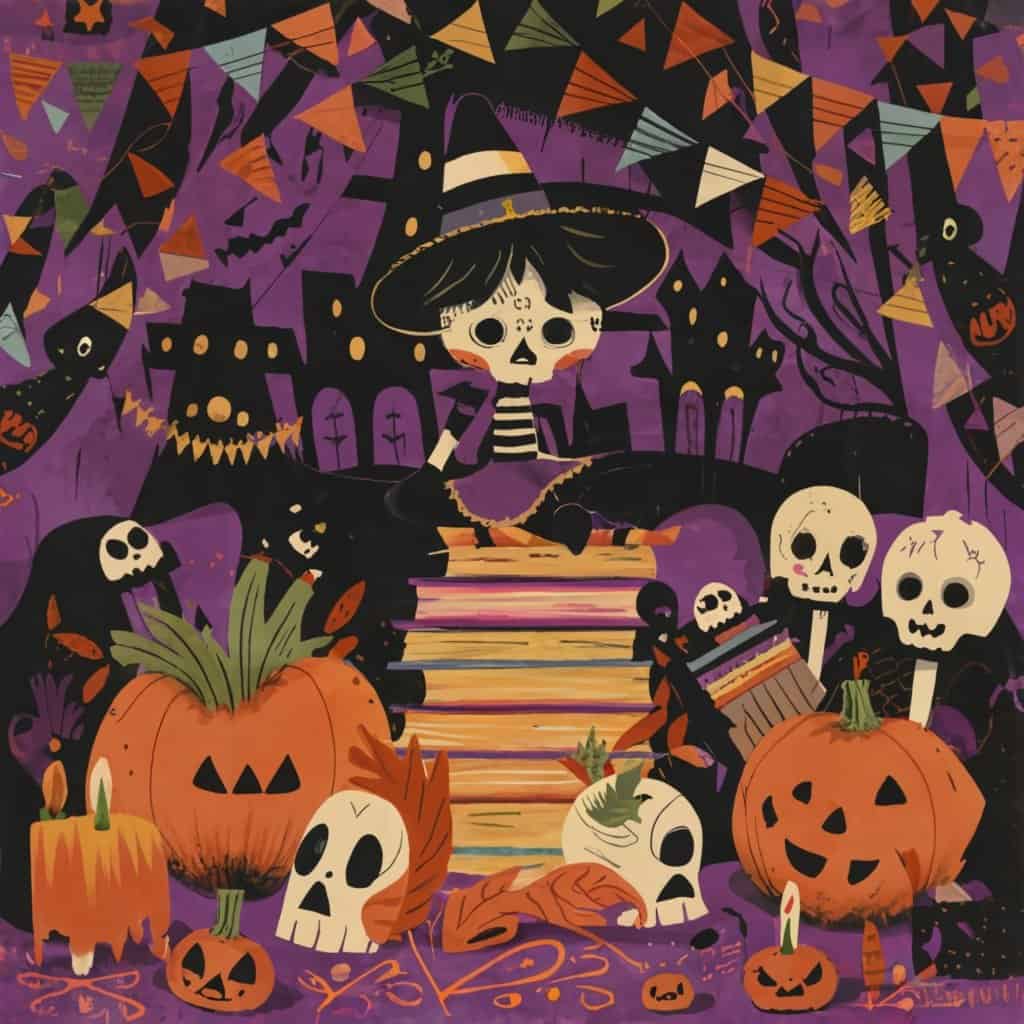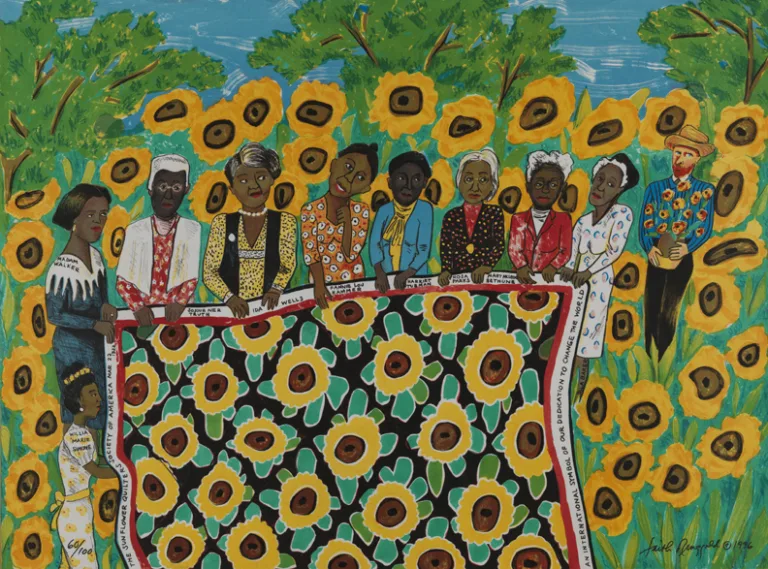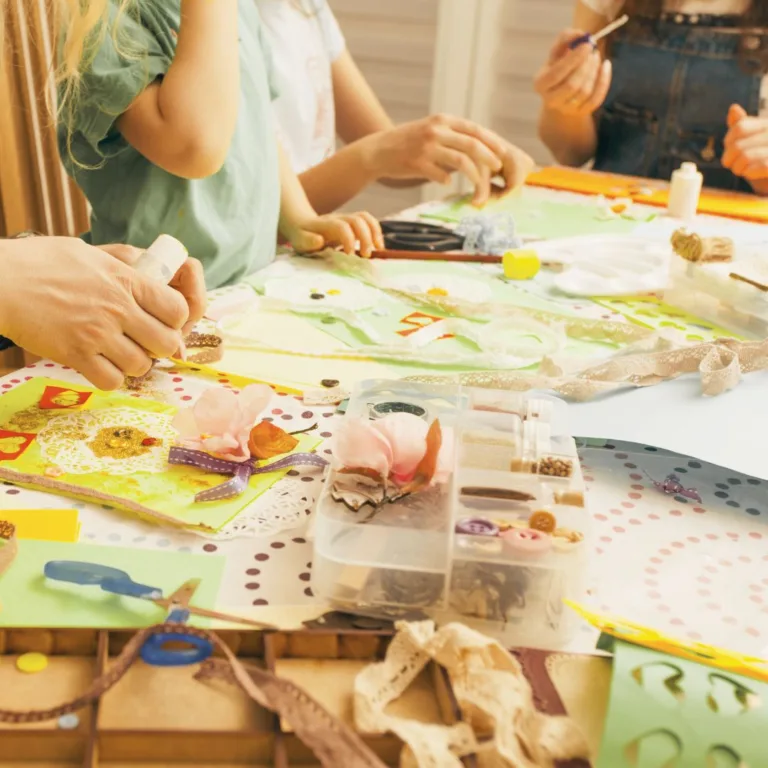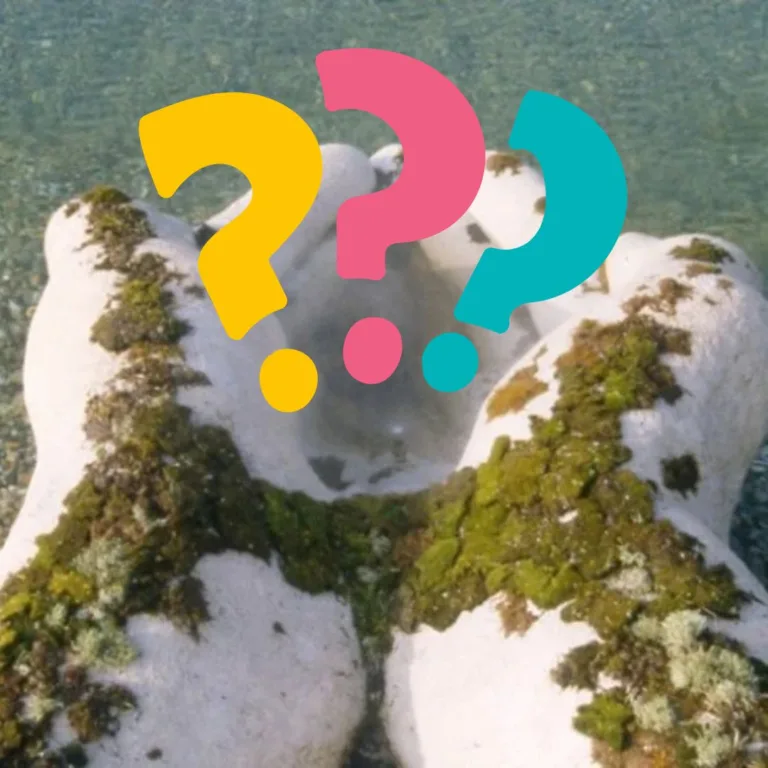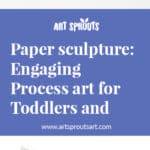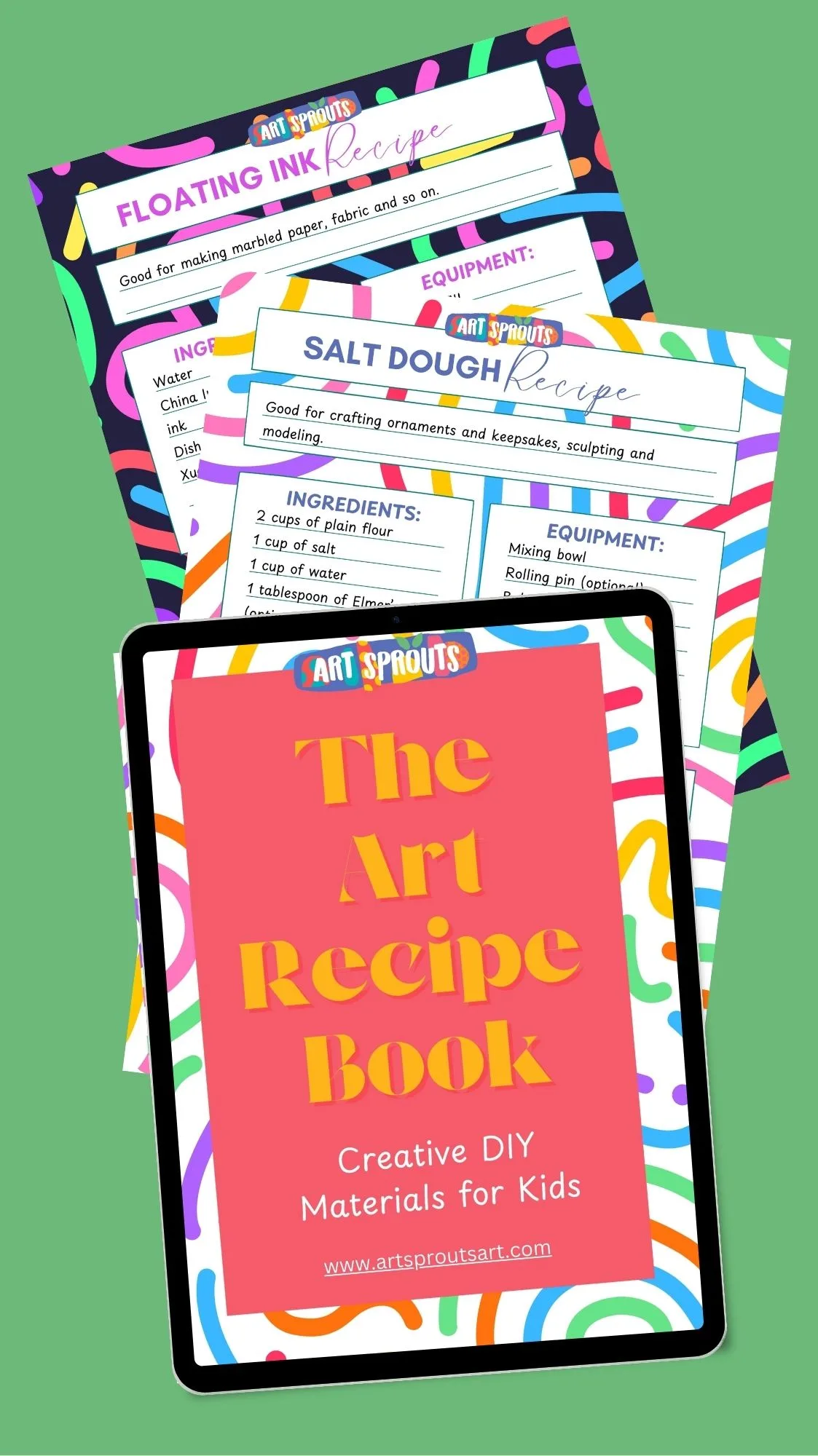Paper sculpture: Engaging Process art for Toddlers and Kids
Paper sculpture is a versatile and engaging activity that has become a staple in my studio, making a comeback year after year through different curriculums, from paper-making to toddler art.
This post outlines a process-oriented approach to creating paper sculptures, designed to inspire creativity and sensory exploration in young artists. As a process-based activity, this rendition of paper sculpting emphasizes the making experience over the final outcome, perfectly aligning with a Reggio-inspired curriculum.
Here, you’ll find a step-by-step guide that encourages experimentation and personal expression, allowing each child to experience the unique satisfaction of shaping their artistic journey.
Are you looking for more process art activities to inspire your kids? Here are a few of my favorite ones:
- Inspiring Paper Mosaic for Kids: Ancient Egypt-Inspired Process Art
- Monochromatic Sculpture for Kids: A Step-by-Step Guide to Creative Exploration!
- Squish it, smash it, soak it! Paper pulp sculpting with kids
Hands-On Fun: Exploring Paper Sculpture with Your Little Ones
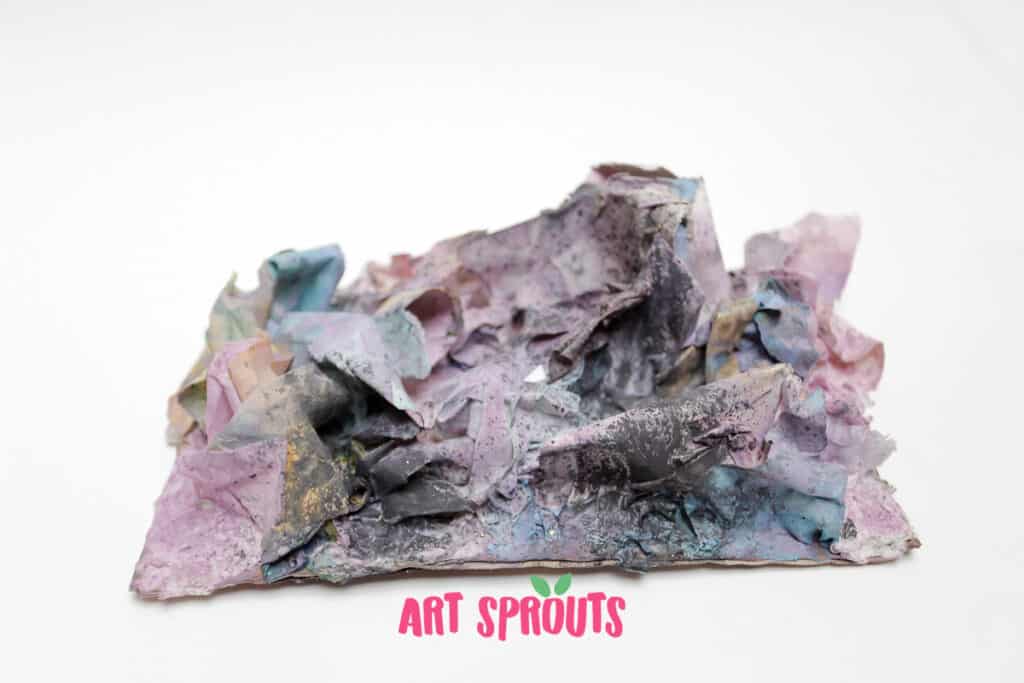
Skills acquired:
- Tactile Awareness: Discerning paper textures sharpens touch sensitivity.
- Motor Coordination: Tearing and molding paper enhances hand-eye coordination.
- Cognitive Growth: Predicting material reactions boosts problem-solving skills.
- Creative Expression: Sculpting with paper nurtures imagination.
- Scientific Curiosity: Experimenting with paper and glue introduces basic principles of materials
Materials:
- Scrap paper
- Linoleum blocks or any other sturdy material to use as support
- Elmer’s glue
- Plastic containers (such as take-out containers)
- Gouache paint
- Atomizer sprayers (optional) or soft paintbrushes
- Old newspaper or plastic sheets to protect the surfaces

Prep:
- Cover tables with newspapers or plastic sheets.
- Place one container filled with glue and water mixture for every 2-3 students.
- Gather different kinds of recycled papers: Xuan paper, watercolor paper, A4 printer papers: the more textures, the better. Scraps from other projects are perfect for this. Let the children explore the different textures and weights.
- Provide each child with a linoleum block to use as support for their artwork.
- Prepare the color selection, the brushes, and the atomizer for painting.
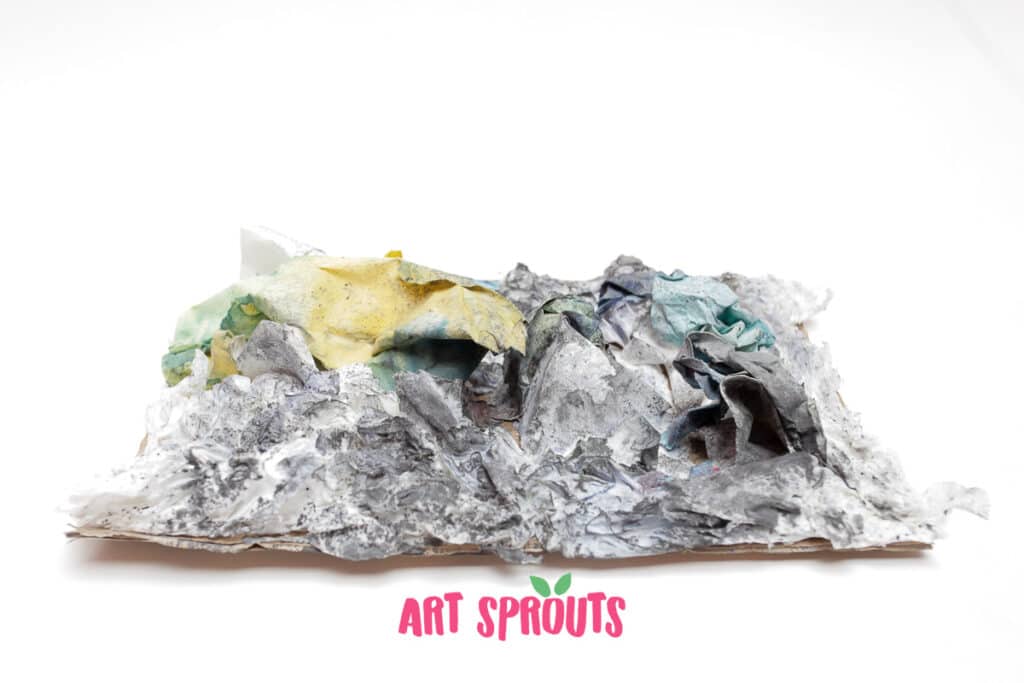
Prompts:
- Prompt their curiosity by asking, “What do you think will happen when paper meets water?”
- Encourage tactile exploration: “How does the paper feel in your hands? Can you describe it?”
Steps:
- Invite the children to tear the paper into various shapes and sizes. There’s no right or wrong way – only their way.
- Have the children soak their torn paper in the glue mixture. Prompt them to notice how the paper changes when it’s wet and how this affects its shape and texture.
- Children can now start constructing their sculptures on the linoleum block, layering and shaping the paper to create textures and forms.
- Show them techniques for manipulating the paper to create different effects, such as using harder paper to create spikes or using softer, soaked Xuan paper for areas that need to be filled in.
Adding color:
- Present a limited choice of paint colors; I usually ask them to pick two to three colors. Limiting the color choices prevents kids from feeling overwhelmed, and drastically reduces supply waste in the classroom.
- If you have them, use atomizer sprayers (usually used to glaze ceramic) to blow watered-down gouache color onto the artwork.
- Alternatively, provide soft brushes for the kids to gently tap their artwork.
- Set the sculptures aside for a few days or until they are completely dry.
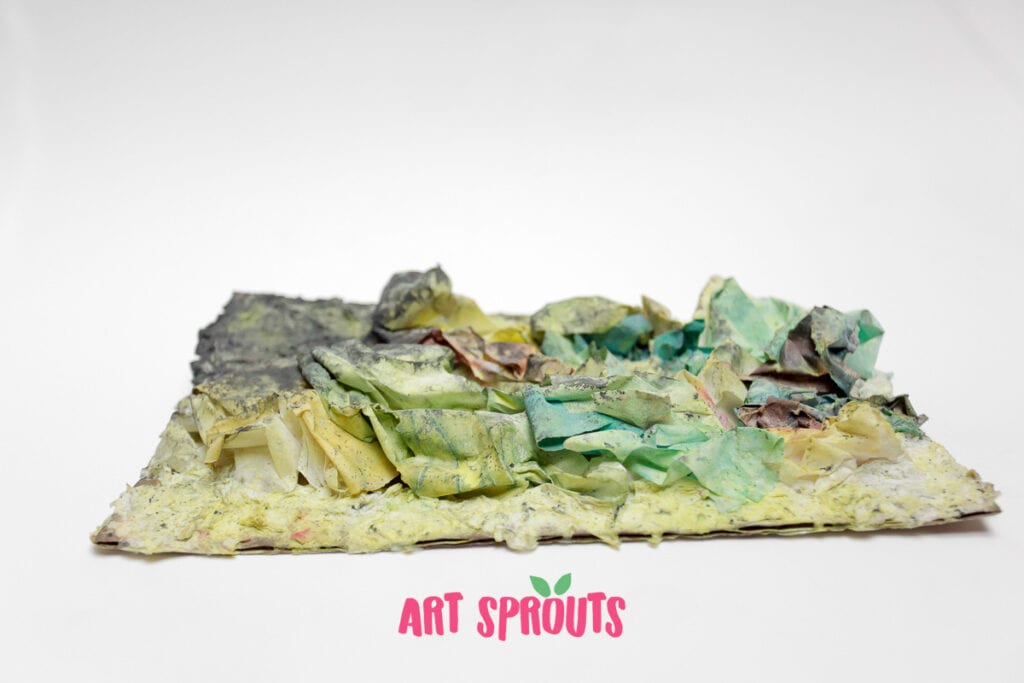
Did you try this activity? Let me know in the comment section below!
Save for later:


